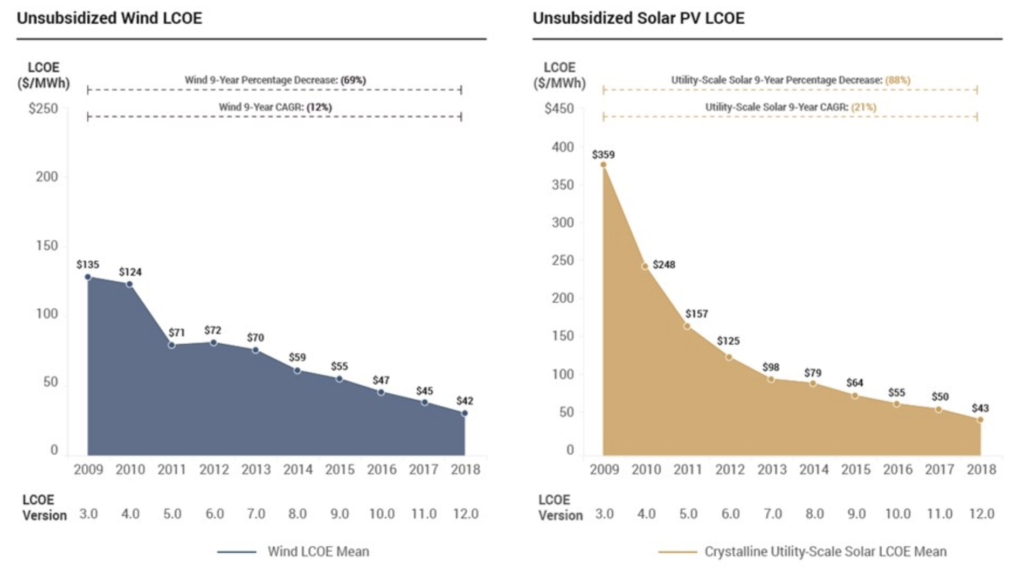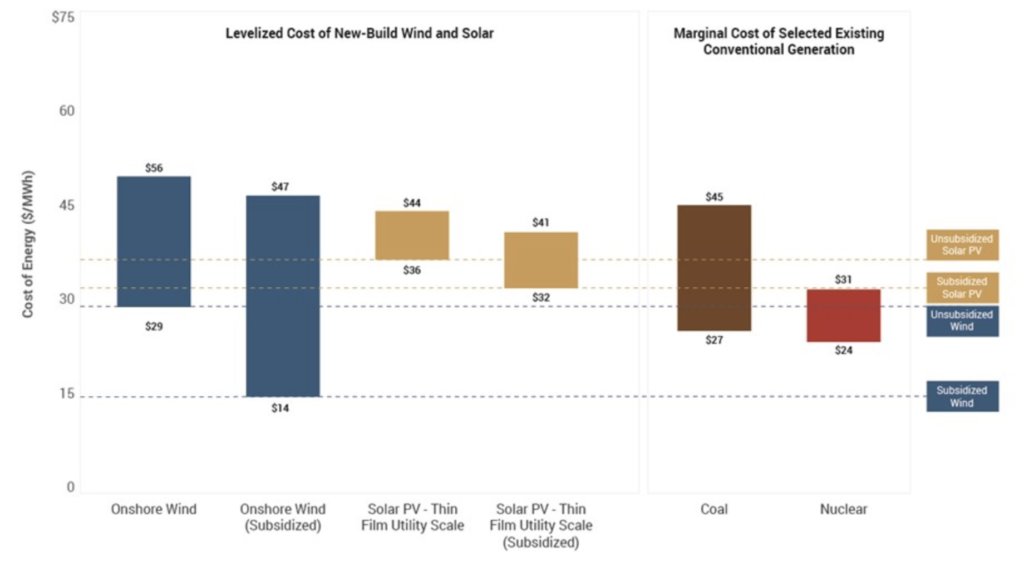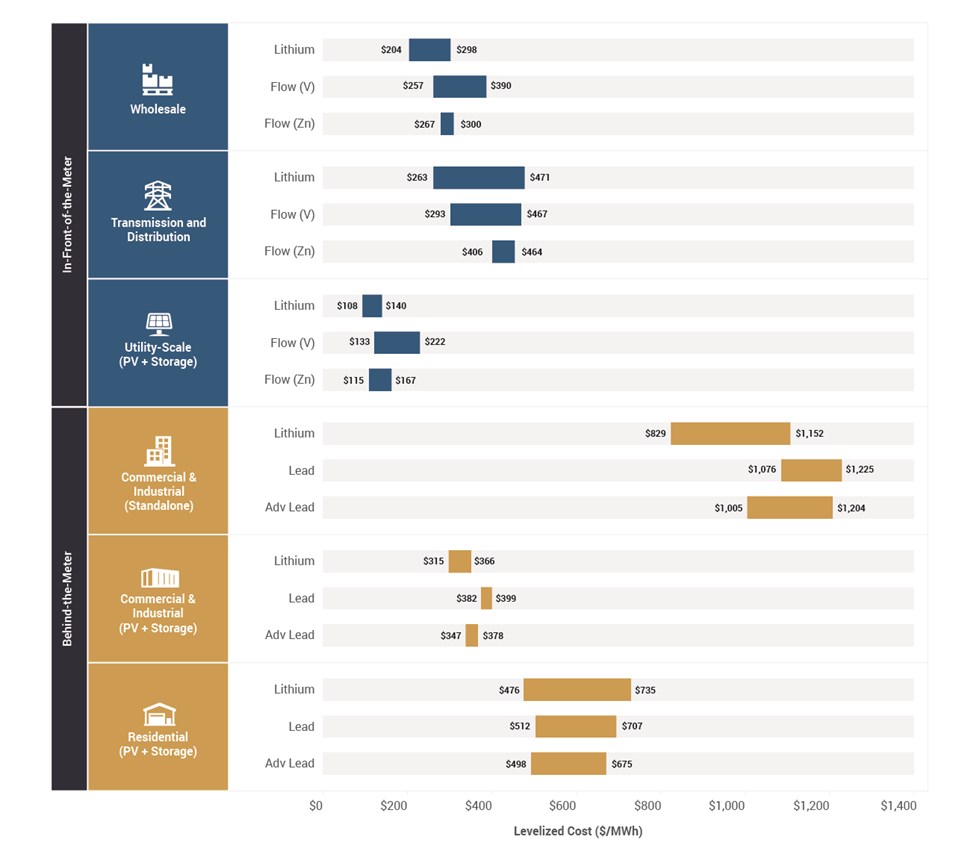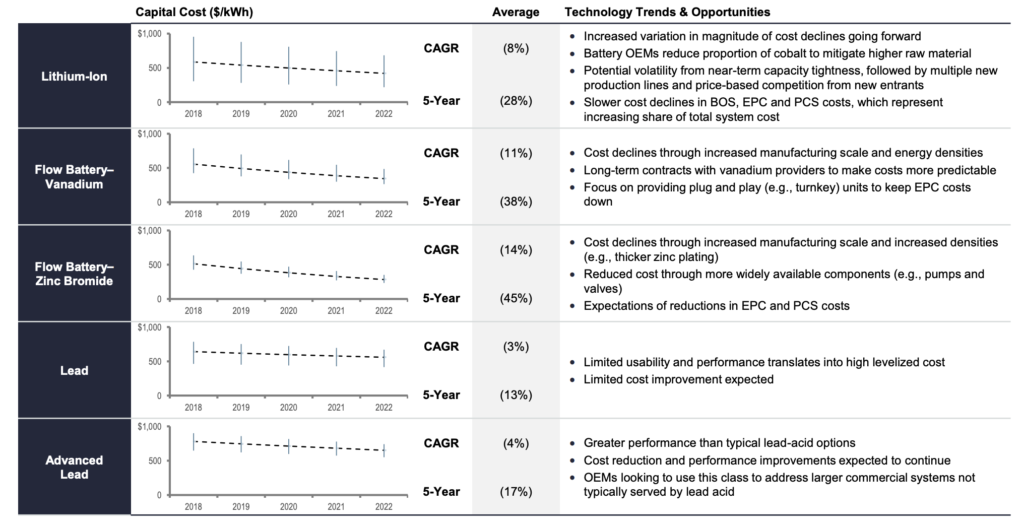What’s our Renewable Energy Future
For those of you new to seeing policy analysis in this otherwise community and real estate newsletter, here’s the deal. Since your’s truly (Ken) is a policy nerd who believes that the real estate market is directly impacted by public policy, I’m going to choose topics of general interest having to do with policy once per month for a deeper dive.
Full disclosure: I was in favor of Prop127, which would have increased the utilities required installation of renewable energy to 50% by 2030. APS and its allies were the biggest opponents.
I don’t know if the Arizona Association of Realtors threw in any money in, but I hope they did not. After all, it is our fiduciary responsibility to our clients to be responsible with the fragile energy/water nexus that allows us to survive in the desert. After all, what value will your house have in 20 years if our resource planning has been so poor that it makes Arizona an unattractive place to live?
Well, I’m gonna throw some energy analysis charts at you. I know that not everybody geeks out on this stuff like I do, but I put the following in layman’s terms and I think you will find this eye-opening.
To start, there were many claims on both sides in this last election that did not stand up to scrutiny.
The proponents of Prop127 downplayed that we will have to spend money to update our electricity transmission to account for the fact that renewable energy is “intermittent”, meaning that is on when the sun is shining or when the wind is blowing, but then it shuts off quickly when all goes quiet and dark. Let’s be clear, we will have to adapt our current systems to handle these load shifts.
 Having said that, the APS claim that each rate-payer would have to pay about $2,000 more per year for energy is complete balderdash. It was a shame that the proponents of Prop127 could not find a way to fight this claim more effectively.
Having said that, the APS claim that each rate-payer would have to pay about $2,000 more per year for energy is complete balderdash. It was a shame that the proponents of Prop127 could not find a way to fight this claim more effectively.
There are two reasons that this claim is deeply untrue and sinister in its application.
First, the cost of renewable energy has gone down dramatically in just the last 9 years –to the point that it is competitive with both coal and natural gas. This trend will continue well past the term proposed by Prop 127.
This data, by the way, comes from a Lazard study that comes out annually and compares different energy costs. It’s called the Lazard Levelized Cost of Energy Study, and they do it annually.
Lazard is a banking and investment firm that has been around since 1840. This is no lefty, pinko green energy cheerleader. They are well-regarded across the political spectrum.
 But, it’s not just the cost of energy that has gone down, it’s the cost of current production of coal or natural gas against the cost of the entire renewable energy project. In other words, when you see the chart below, just know that it is a comparison of what it costs to produce current coal vs and entire 30 years of a renewable energy project.
But, it’s not just the cost of energy that has gone down, it’s the cost of current production of coal or natural gas against the cost of the entire renewable energy project. In other words, when you see the chart below, just know that it is a comparison of what it costs to produce current coal vs and entire 30 years of a renewable energy project.
Why is that important? Well, because we don’t know what the cost of coal or natural gas will be ten years from now. But if we get a loan to build a huge solar plant, the cost is basically the same year end and year out. It’s much simpler.
I was speaking with one of the ASU professors who got himself elected to the SRP board, Dr. Paul Hirt. He told me that, with the help of the new pro-solar board members, SRP is building a 100 MW solar panels for the new Intel plant at about $3/kWh. In English, that is about the same cost of purchasing energy from a natural gas plant —NOT the cost of building the plant.
With renewables, we pay for the plant up front and average the cost of the loan, plus maintenance. With traditional energy, we have to pay to build the plant and then hope that the cost of the fuel does not change too much.
Second, what APS did not tell you is that the cost of energy storage is coming down dramatically, too. We use the new technology of energy storage to make that intermittency less harmful to the system. For example, if a bunch of solar panels are putting out more energy than we need at the middle of the afternoon, then all stop producing energy at 6pm, could we have stored a lot of that excess energy during the day so that we can use it when the sun goes down? The answer, of course, is “yes.”
Have a look at the tables below, in which you will see that even the cost of storage is expected to continue downward over the next five years.
There are many types of storage, from batteries on your wall at your house, which pull from your solar panels, to pumps that move water back up over a dam with the help of solar panels or wind turbines.
So, having thrown all of these tables and numbers at you, we are left with an important question: what is the future of renewable energy in Arizona? Certainly APS has been emboldened by their defeat of Prop127. They submitted a “resource plan” to the Corporation Commission –the plan of where they want to get energy for the next five year– and it included no new renewable energy. So, these guys are doubling down on dumb in a country and a world in which the cost of renewables and storage are dropping to meet the market.
Remember the comment I made at the top of this article? How attractive will Arizona be 20 years from now if we don’t take care of our resource planning now? How much will your house be worth?
I think about that a lot.
The answer is that we could be in a really great place if we only move away from traditional power plants (which are the second largest user of water, behind agriculture) and toward more energy efficiency and renewable energy.
Unfortunately, you need to power through dense data like this in order to make the case for renewables. APS has much more success by just telling us all that your poor grandmother would pay $2,000 more pre year for energy.



